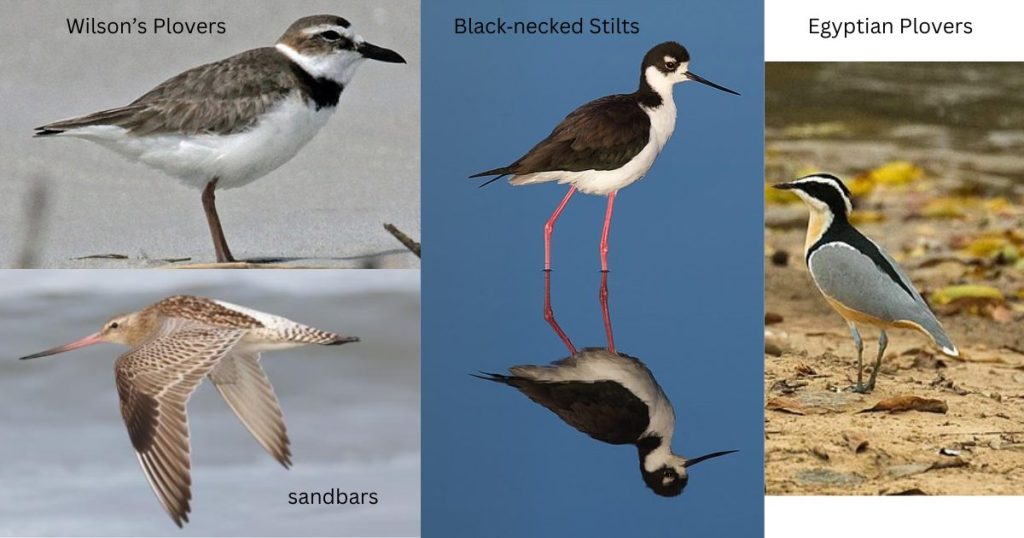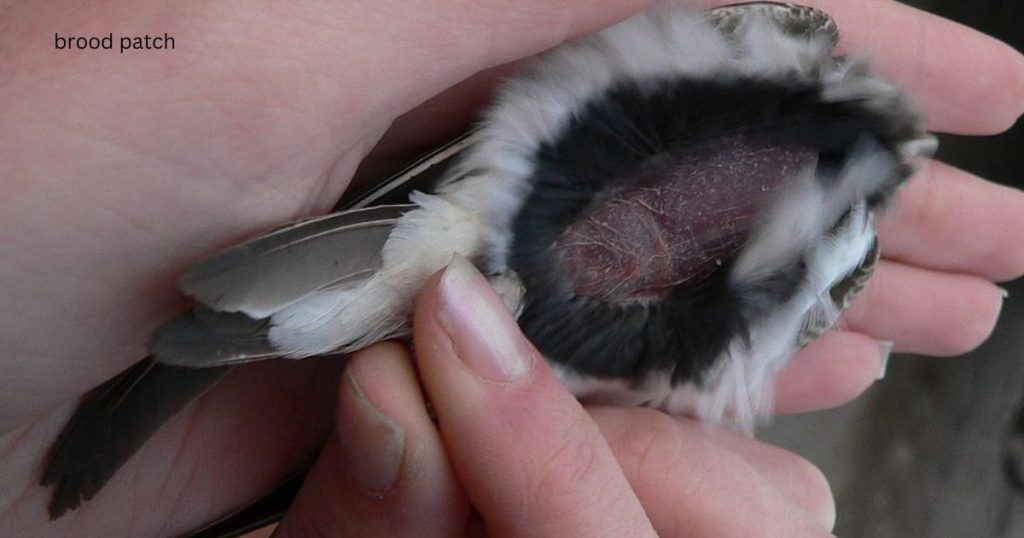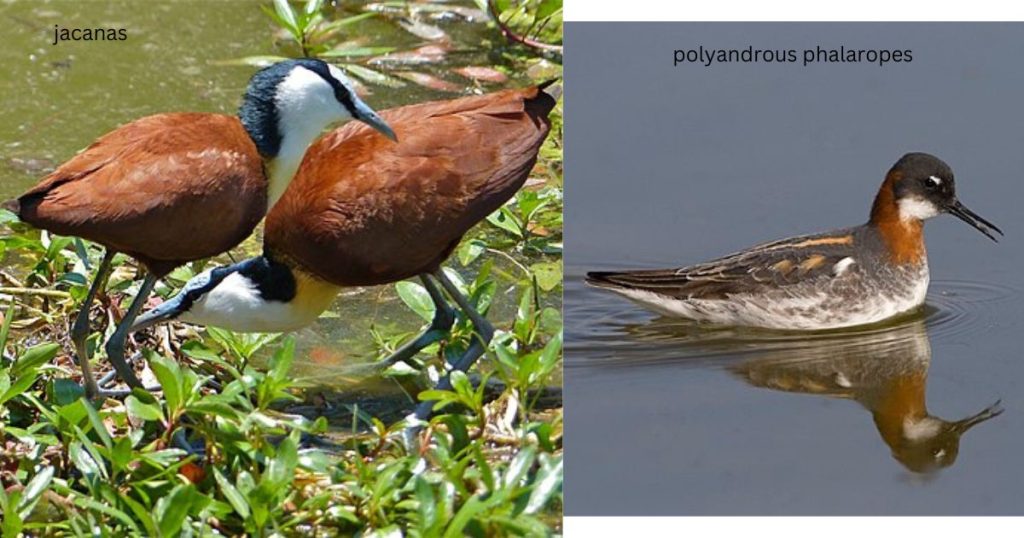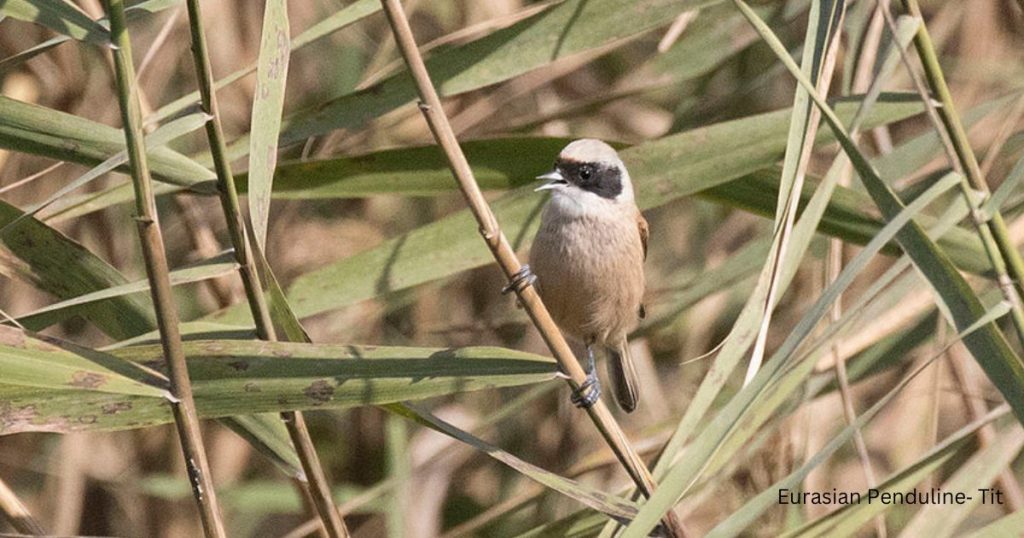All birds lay eggs and that must be kept in the proper temperature range throughout their development cycle; this temperature-maintaining process is called incubation. This process involves a lot of sacrifice and risks some birds may even quit the breeding cycle read further to know more,
Ideal temperature for incubation and ways birds produce them
The precise temperature required for embryonic development varies depending on bird species, but most avian embryos require temperatures ranging from 37 °C or 38 °C. Because few environments maintain constant air temperatures at or beyond this level, almost all bird species should provide a source of warmth for their eggs. Most species use their body heat by sitting on top of the eggs,
but two species use other methods:
brood parasites let their host incubate their eggs, and megapodes provide various sources of heat through a broad variety of methods.
Does eggs need to be cooled to maintain ideal temperature?
In some rare cases, birds must cool their eggs to maintain them at the appropriate temperature level. Along the Gulf of Mexico where it is extremely hot for breeding, Wilson’s Plovers to cool their eggs dip their breast feathers in water, and run over and cool them with the moisture. Some birds like sandbars of African rivers, and Egyptian Plovers go one step further to cool the eggs along with wet breast feathers, adults bury their eggs and later sometimes their chicks in the sand to protect them from the extreme heat of the sun. One pair of Black‐necked Stilts nesting in hot and dry southern California soak their belly feathers and carry the cooling water moisture back to the nest 953 times in one day. Seabirds on tropical islands or coastal deserts with open nests often spend more time standing over their eggs to provide shade from the sun than they do incubating.

What is brood patches?
A few days prior to a female laying her first egg of the clutch, some of the feathers on her belly and breast fall out; that bare patch of the skin develops through egg laying and becomes swollen via the retention of water and the expansion of blood vessels. This area is called an incubation patch or a brood patch.

The brood patch can be a single large region that occupies much of the area of the breast and belly, or it may consist of a few distinct bare regions separated by areas that retain their normal feathering. While incubating, for bare skin to rest directly on the eggs birds push the adjoining feathers aside.
Most birds continue to incubate their young even after hatching, providing heat until the chicks develop their own feathers and metabolism necessary to control their body temperature. This post‐hatching incubation, called brooding, involves less pressing of the brood patch on the chicks since newly hatched chicks can be suffocated if the parent sits too tightly. Once the brooding phase is over, before the next body molts the feathers in the brood patch grow back, the blood vessels shrink to their normal size, and the skin subsides swelling.
Range of incubation period
The incubation period starts when the parents start to incubate the eggs in earnest, with one of the parents most of the time incubating and with the temperature being maintained near the optimal temperature for the eggs, with only brief cooling periods. The incubation period ranges from 11 days in some of the smaller finches to almost 80 days in the larger albatrosses. Bigger eggs generally take longer to incubate and hatch. However, significant variation exists among groups of birds; for example, besides hummingbird tiny-sized eggs, it takes much longer (14–23 days) to hatch than might be expected. So do the large eggs of storm petrels, and albatrosses.
Challenges faced in the process
Although incubation periods are similar within species, they may vary moderately from nest to nest in a population. Long bouts of stormy weather sometimes force adults to interrupt incubation and forage to ensure their survival. After the eggs hatch, the presence of nestlings acts as a stimulus, indicating the need for parents to switch from “incubation” to “care of the young” behavior.
Without that signal, birds sometimes have a hard time understanding when to stop incubating if the clutch is defective: sometimes if all the eggs fail to hatch in a clutch, a bird may continue to incubate them even for two or three times its normal incubation period before finally deserting them.
Best time to start incubation
Different species begin incubation at different times during the laying cycle. Some birds start to incubate just after laying their first egg. Although immediate incubation helps in protecting the egg, this strategy ties the incubating bird to the nest for a longer period, increasing its exposure to predators. Additionally, in this immediate incubation, the embryos of the earliest laid eggs will start to develop before even the later eggs are laid, resulting in staggered hatching and a brood with young of different ages, this phenomenon is called asynchronous hatching. Especially for species with large clutches, this variation in hatching dates can result in a powerful hierarchy of sizes and begging abilities among the offspring.
Food distribution in asynchronous hatching
Raising young of different sizes of clutch gives parent birds an organized way to adjust the number of young to the amount of food available. By rather feeding the most vigorously begging chick totally before moving on to another nestling, this may help parents ensure that at least some young will survive in times when food is in short supply. If food is scarce, in those situations the more recently hatched young nestlings, too small to beg competitively, will starve. This is known as brood reduction. However, when food is abundant, parents will able to feed all of their young, even the youngest.
Despite the advantages of this strategy, relatively few species have this type of asynchronous hatching; instead, most birds delay the incubation until they lay their last or next‐to‐last egg. For precocial young, synchronized hatching is preferable since a full clutch of young birds presents quite a target for predators, and most precocial broods leave their nest so soon after hatching.
Do both parents incubate? How they share duties?
Both members of a pair incubate in many bird species. Generally, both parents share this task almost equally, by switching at frequent intervals, although the female bird most often incubates through the entire night. Members of a pair perform a “greeting ceremony” when they exchange duties at the nest. These greeting ceremonies can be spectacular among some large species such as boobies and albatrosses, but in most birds, they are more quiet. An incubating bird will always be more than ready to exchange incubating duties with its mate, but some birds like plovers and gulls engage in forcing matches in which the relieving bird attempts to dislodge the current incubator from the eggs.
In many other species, only the female incubates. In groups such as hummingbirds, ducks, geese, many passerines, and most owls, the female usually is the incubating parent. Male owls and geese are fully engaged in supporting or gathering food for the female while she incubates, but in the other species, the male bird is fully emancipated from parental duties and spends his whole time seeking other breeding opportunities. In a few species, only the male incubates the eggs such as the jacanas and polyandrous phalaropes.

Incubation life of Eurasian Penduline‐Tit
In species only a single parent incubates, the roles are usually predictable, with either pair female or male always taking care of incubation. The Eurasian Penduline‐ Tit is an exception. In this species, both sexes are completely capable of incubation, but only one parent usually takes on this duty at a particular nest. But both parents prefer to leave incubation to their mate to pursue other breeding opportunities, and thus they engage in a serious contest. The female hides her eggs in the nest lining to prevent the male from discovering that she has begun to lay eggs, because the appearance of a fully completed clutch may tell the male that his mating opportunities are over in the current nesting attempt and that this would be the best time for him to abandon. By hiding her eggs until she is prepared to abandon the nest to the male’s care, the female is the one to flee from the current nest and search for another breeding opportunity somewhere. In one well‐studied Austrian population, female Eurasian Penduline‐Tits ended up incubating 50% of the time in their first clutch. Although males incubated the clutch 20% of the time, it is common for neither parent to incubate but if the female is the one who leaves the nest both parents abandoned the nest altogether about 30% of the time

Attentive and Inattentive periods
Incubating birds soon adopt a fairly routine, alternating periods on the nest (attentive periods) and periods off the nest (inattentive periods). Many birds extend their attentive periods when environmental conditions are harsh because the eggs need extra care and foraging during that time is less productive. Birds prefer to leave the nest when they were able to feed efficiently and return promptly. Thus, most incubating passerines sit on the nest all day (beginning and end of the day) the overnight bout usually is uninterrupted, whenever the conditions outside become cooler and wetter.
Species that forage far away from their nesting locations generally have longer attentive periods. In most seabirds, each parent typically incubates for 1–5 days while its mate forages for food far away at sea. For Northern Fulmars in the Arctic Canada and the UK, each shift of incubation can last from 1 to 14 days, depending on the quality of foraging conditions and distance.
Behaviour during incubation
The incubating adult appears to be quiet at the beginning of any attentive period, often seeming to nap off for long periods. As the bout wears on, the incubating bird becomes more unsettled, turning the eggs, changing its position, or meddling with the vegetation present inside or around the nest. Parents usually so secretively and deliberately leaves or return to the nest, especially if it is the only bird incubating. Ground‐nesting species leaving their nest before flying up usually thread their way through the nearby vegetation; species leaving elevated nests usually drop nearly to the ground and for a short distance fly level before rising to their normal height.
In addition to providing warmth, incubating parent care for their eggs in other ways. An incubating bird will occasionally raise its body slightly, reach down the eggs with its bill, and gently turn them. Although this turning behavior prevents the adhesion of embryonic membranes to the shell, embryos of species that do not turn their eggs, seem to suffer no adverse effects. Sometimes, ground‐nesting birds such as gulls and waterfowl if the eggs accidentally roll out of the nest will retrieve them; most birds roll them with their beaks, but adults do it with long bills. As the incubation period advances, the behavior of the incubating bird often changes. Nuthatches, usually noisy, become so secretive and quiet in the vicinity of the nest. Defensive birds, such as shorebirds, owls, raptors, and gulls, become much more belligerent as the hatching period approaches, whereas cryptically colored birds stay in the nest for a longer period in the face of intruders.
Risks of abandoning the clutch
Evolutionary biologists interpreted these behavioral changes as reflecting the increasing wellness of the clutch as it nears hatching. During hatching not only are the more-developed eggs more likely than the just‐laid eggs to produce fledglings, but even a replacement clutch is also less likely to succeed as the breeding season progresses.
It, therefore, makes evolutionary sense that birds are much more likely to quit a breeding attempt early in the breeding cycle than they are after the young have hatched. In extreme emergencies, parent birds may abandon the brood or clutch at any stage; in doing so, they preserve their capacity to breed again by protecting themselves and leaving their young to their fates.
Raptors intersting incubation activity
You may have seen raptors perform a food-exchange ceremony in which the female flies to receive food from the male in mid‐air, either catching it as it falls or taking it directly from his talons. These characteristics have long been considered important and help these birds establish a pair bond during courtship and retain it throughout parental care. However, studies also indicate that females who receive more food from their mates lay larger clutches. Providing food for a female mate improves a pair’s chance of raising more young: since the female does not have to spend as much time foraging so that she can spend more time incubating the eggs, and eventually this helps in investing more energy into feeding the young while staying in better condition herself.
Thus birds have adopted distinctive incubation rhythms in response to challenging environments.